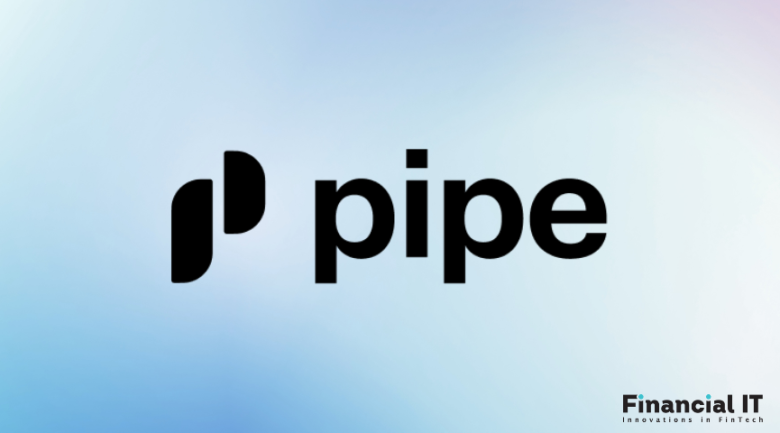In the competitive world of small business advertising, every dollar counts. The challenge lies in ensuring that your ad spend delivers the best possible return on investment (ROI). This is where refining advertising strategies with predictive analytics comes in. By leveraging data and machine learning, predictive analytics helps small businesses make smarter, data-driven decisions about their advertising strategies. Here’s how predictive analytics can transform your advertising efforts and help you achieve better results.
What Is Predictive Analytics?
Predictive analytics uses historical data, statistical algorithms, and machine learning to forecast future outcomes. In the context of advertising, it helps businesses predict customer behavior, identify high-value opportunities, and optimize campaigns for maximum impact. Tools like Google Analytics 4, HubSpot, and IBM Watson make predictive analytics accessible to small businesses, even with limited resources.
Identify High-Value Customers
One of the most powerful applications of predictive analytics is identifying high-value customers. By analyzing past purchase behavior, browsing patterns, and demographic data, predictive analytics can pinpoint which customers are most likely to make repeat purchases or spend more.
For example, a small e-commerce store can use predictive analytics to segment its audience into groups like “frequent buyers,” “high spenders,” or “at-risk customers.” This allows the business to tailor its advertising efforts to target these high-value segments, ensuring that ad spend is focused on the most profitable opportunities.
Optimize Ad Targeting
Predictive analytics takes the guesswork out of ad targeting. By analyzing customer data, it can predict which audiences are most likely to engage with your ads and convert. This enables small businesses to create highly targeted campaigns that resonate with their audience.
Platforms like Facebook Ads Manager and Google Ads use predictive analytics to optimize ad targeting. For instance, a local coffee shop can use predictive analytics to target ads to customers who are most likely to visit during specific times of the day or respond to promotions. This level of precision ensures that your ads reach the right people at the right time.
Forecast Campaign Performance
Predictive analytics doesn’t just help you plan your campaigns—it also helps you predict their performance. By analyzing historical campaign data, predictive analytics can forecast key metrics like click-through rates (CTR), conversion rates, and return on ad spend (ROAS).
This allows small businesses to allocate their budgets more effectively. For example, if predictive analytics indicates that a particular ad creative is likely to perform well, you can allocate more budget to that campaign. Conversely, if a campaign is predicted to underperform, you can adjust your strategy before wasting resources.
Reduce Customer Churn
Customer churn is a major challenge for small businesses, but predictive analytics can help. By analyzing customer behavior, predictive analytics can identify customers who are at risk of churning and suggest targeted interventions.
For example, a subscription-based business can use predictive analytics to identify customers who are likely to cancel their subscriptions. It can then create personalized ad campaigns offering discounts or incentives to retain these customers. This proactive approach not only reduces churn but also strengthens customer loyalty.
Enhance Personalization
Personalization is key to effective advertising, and predictive analytics takes it to the next level. By analyzing customer data, predictive analytics can help small businesses deliver highly personalized ad experiences.
For instance, an online retailer can use predictive analytics to recommend products based on a customer’s browsing history or past purchases. Similarly, a local gym can create personalized ad campaigns offering workout plans tailored to individual fitness goals. This level of personalization not only boosts engagement but also increases the likelihood of conversions.
Real-World Examples of Predictive Analytics in Action
Many small businesses are already using predictive analytics to refine their advertising strategies. For example:
- A Local Bakery: Used predictive analytics to identify customers who were most likely to respond to promotions, resulting in a 20% increase in sales.
- An Online Retailer: Leveraged predictive analytics to forecast campaign performance and allocate budget more effectively, achieving a 30% higher ROI.
- A Fitness Studio: Used predictive analytics to reduce customer churn by targeting at-risk customers with personalized offers, leading to a 15% improvement in retention rates.
These examples demonstrate how predictive analytics can help small businesses achieve measurable results and compete with larger competitors.
Choosing the Right Tools for Your Business
With so many predictive analytics tools available, it’s important to choose the ones that align with your business goals and budget. Some popular options include:
- Google Analytics 4: For predictive insights and campaign forecasting.
- HubSpot: For CRM integration and customer behavior analysis.
- IBM Watson: For advanced predictive modeling and machine learning.
- Facebook Ads Manager: For optimizing ad targeting and performance.
Start with one or two tools and expand as your needs grow.
Measuring Success and Iterating
To ensure your predictive analytics-driven campaigns are delivering results, track key performance metrics such as:
- Click-through rates (CTR).
- Conversion rates.
- Return on ad spend (ROAS).
- Customer lifetime value (CLV).
Use platforms like Google Analytics 4 or Tableau to analyze data and gain actionable insights. Continuously refine your campaigns based on performance to maximize ROI.
Predictive analytics offers small businesses a powerful way to refine their advertising strategies and achieve better results. By leveraging data and machine learning, small businesses can identify high-value customers, optimize ad targeting, forecast campaign performance, reduce churn, and enhance personalization. Whether you’re running a local business or an e-commerce store, predictive analytics provides the tools and insights you need to succeed.
Ready to take your advertising to the next level? Explore platforms like Google Analytics 4, HubSpot, and Facebook Ads Manager to see how predictive analytics can transform your campaigns. The future of advertising is here, and it’s powered by data.




